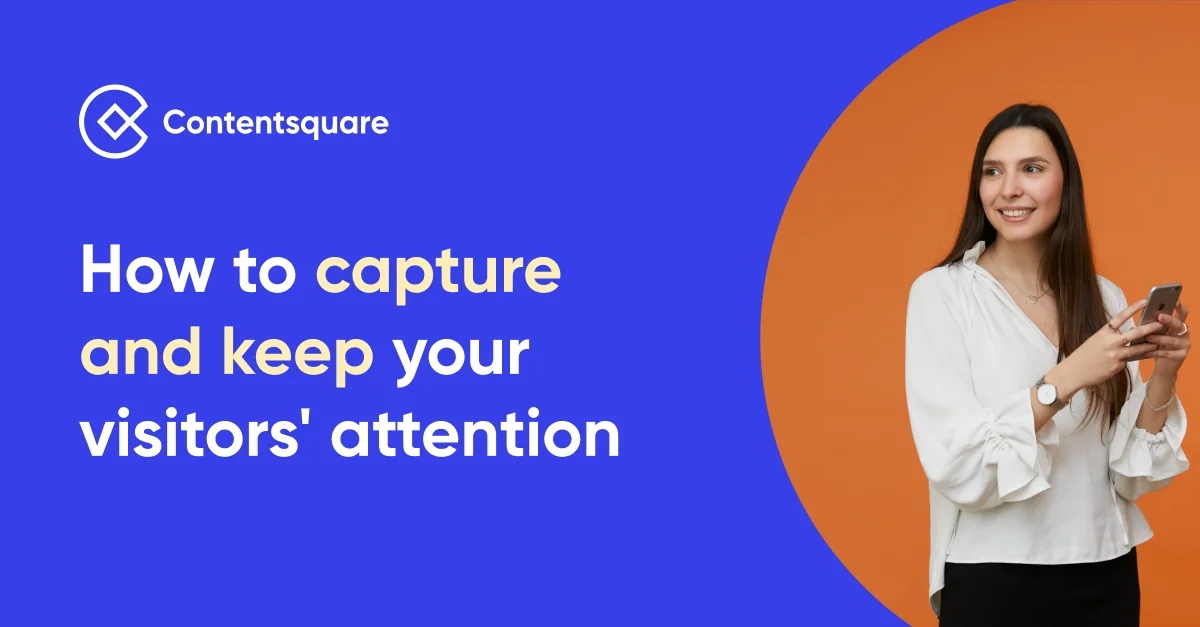How Brands Can Embrace Corporate Social Responsibility in The Digital Age

- How have you both seen the CSR landscape shift in your own industries?
- How can brands support causes in an authentic way without coming off as self-serving?
- How do you spread awareness about your CSR programs?
- How did your companies react to COVID-19 and the Black Lives Matter?
- What advice would you give companies looking to get involved with corporate social responsibility?
That’s for good reason too. Growing pressure from millennials and Gen Z consumers have made investing in corporate social responsibility a necessity for business’ bottom lines. In fact, Deloitte’s Global Millennial Survey 2020 revealed that 42% of millennials have started shopping or purchased more frequently from businesses they believe have positive impacts on society and the environment, while 37% admit to having stopped shopping with brands they thought were unethical.
However, mastering CSR isn’t as simple as picking a cause to support and posting about it on Instagram. The challenge lies in finding a way to genuinely and authentically join the national conversation as a brand – in a way that’s meaningful, but not self-serving.
To discuss how brands can strike that balance, we sat down with Chidinma Asonye, Chief Operating Officer at S by Serena, a clothing company founded by Serena Williams, and Kate Huyett, the Chief Marketing Officer at Bombas, a sock and apparel brand that donates a pair of socks for every item purchased.
Here are their thoughts on how brands can be socially responsible in the digital age:
How have you both seen the CSR landscape shift in your own industries?
Kate Huyett: When I was younger, I was inspired by Patagonia. For many years, they were a lone wolf in the corporate social responsibility world, particularly in eCommerce which is often so focused on consumption.
Part of what brought me to Bombas was the opportunity to work at a socially responsible company with a unique mission. Our founders were inspired to create Bombas when they saw a quote that socks were the number one most requested clothing item in homeless shelters. They saw the one-pair-donated-for-every-pair-purchased model was working well for both Toms and Warby Parker and thought, “Could that work for socks too, and could we use it to make a difference in our own backyard?”
While we became a socially conscious brand early on, I’m noticing many newer D2C companies are either being founded with a strong social mission or are finding that it’s something they want to add to their overall company profile as their company grows.
Chidinma Asonye: Consumers really do care about more than just buying products. They want to support brands that represent their feelings. The other side of that conversation is that corporations feel that they have to do something and need to jump into the fray in some way to stay relevant. I often don’t question their reasoning if it gets them to a good point, but I do think that brands are realizing that corporate social responsibility is table stakes and a necessity, whether they thought that that was part of their original mission or not. That mentality is really driving companies to do more.
Consumers really do care about more than just buying products.
How can brands support causes in an authentic way without coming off as self-serving?
CA: S by Serena is a founder-led brand and our values and brand pillars stem from Serena Williams’ personal values. That’s why CSR is a really easy and natural part of our brand. I think with everything going on this year, a lot of people can relate to her personal values of resilience, strength, inclusivity, and diversity.
For us, we find it easy to tap into those values, while understanding that each value doesn’t necessarily have to be tied to our products. Yes, we’re selling beautiful apparel and accessories that hopefully make people feel great wearing them, but tapping into the key tenets of our founder has made it easy for us to do that in a really authentic way.
KH: My answer is not terribly dissimilar, which is that it’s really important to build corporate social responsibility into the DNA of your company. In one of my early conversations with Dave Heath, our founder, we were walking through the streets of New York and he would periodically stop into a store and buy a sandwich to give to somebody on the street.
It’s really important to build corporate social responsibility into the DNA of your company.
Today, we’ve donated more than 45 million pairs of socks across the entire country with help from our 3,500 giving partners. That said, I think a company can still give back without it feeling so personal. But, at Bombas, our founder Dave models that behavior and it flows through literally every single part of our company – all the way down to our hiring process. If you come into our office for an interview, we give you a pair of donation socks so you can personally experience what it’s like to share our product with someone experiencing homelessness. If you join as a new employee, we have what we call “bombording sessions” to help educate new hires on how to talk about the issue of homelessness and educate them on the community.
On the product side, we design items not just for our paying customers, but also to donate. Those items are designed and created with the same amount of care and attention to detail and actively involve our donation partners’ key input during the design process. It really runs through everything we do, but it definitely starts at the top.
How do you spread awareness about your CSR programs?
KH: Any time we talk about Bombas to new customers, we really try to hammer home our two pillars, which are our mission and then the comfort of our products. That runs through all of our acquisition messaging. Obviously, in a Facebook ad, you’re able to put less of your mission front and center than you are in a TV spot where you have 30-seconds to tell a story. Still, we find that when we do put our mission front and center in the offline world, we see stronger response rates. That’s a clear sign to us that people are drawn to Bombas because of our mission, which is really exciting to see.
We find that when we do put our mission front and center in the offline world, we see stronger response rates. That’s a clear sign to us that people are drawn to Bombas because of our mission, which is really exciting to see.
On the customer retention side, we made a conscious effort to talk to our customers significantly more about our mission over the past year. During COVID-19, we’ve been doing that primarily over email, but we did do two things in the last month or so that I thought were really fun.
The first was that we did a webinar on Giving Tuesday that was open to our customers and the public to learn how to talk about homelessness. It was amazing to see our customers connect and interact with that content. We also did a personalized email campaign that shared the impact Bombas has had on giving partners in a customer’s home state. For that one shelter, the amount of money they save on not having to buy socks might have enabled them to provide food to 50 or 100 more people. For another organization, it might have been that they were able to replace a dishwasher or raise funds to send someone to college. Sharing those more personal details and stories helped remind people how we are helping their local communities.
CA: I think of Bombas as a mission-driven company and I think it provides an interesting contrast to S by Serena because we don’t necessarily lead with our mission – our mission is baked into our founder’s values. This year, we did participate in Giving Tuesday and spread awareness for Serena’s favorite charities by donating a portion of our proceeds on that day.
It’s interesting to hear the contrast between leading with a mission and seeing such strong engagement versus the engagement we’ve seen. For us, our Giving Tuesday sales figures were relatively similar to a typical day and while we felt good that we were able to donate some of our proceeds to charity, it was clear our customers were not driven specifically by that mission. For some consumers, giving back is a necessity, while for others, it’s just an added bonus.
For some consumers, giving back is a necessity, while for others, it’s just an added bonus.
How did your companies react to COVID-19 and the Black Lives Matter?
CA: It’s important for brands to take a stance in a way that makes sense for them. I spoke to so many peers in the industry who were worried to post about something congratulating the election winner, talking about COVID-19, or speaking out about Black Lives Matter. There’s always going to be mixed reactions to topics like that and they were worried their brands would get dragged on social media for anything they said.
It’s important for brands to take a stance in a way that makes sense for them.
You have to take a stand on what makes sense for your brand. For us, when COVID-19 started, people looked to celebrities like Serena Williams to see what they were doing. They were looking at her to see if she was going out and if she was wearing a mask when she did, so it was important for us to show that she was at home and she was being safe.
At the beginning of March, there was this question of whether would brands be seen as profiting off of the pandemic, but we and Serena felt that we needed to provide a service to our community. When the pandemic first started, it was impossible to find masks. Serena was saying that she was frustrated because when she tried to find some to order them herself, they were all sold out. In response to that, we actually took one of our best selling items – our denim – and started making our own masks locally in the U.S. We had to provide what our customers needed at that moment, and they didn’t need a date night outfit. They needed a mask to be able to go out in the world or go grocery shopping. For us, we weren’t worried about the backlash because it was a good reason to be serving our community.
KH: Making people feel seen and heard is incredibly important, and oftentimes, homeless people are treated like they don’t have a voice. During COVID-19, we focused on our core mission of getting socks to those in need but also worked with other companies to use our giving structure to get additional items to those in need.
Food insecurity became a much bigger issue during COVID-19 and we were able to donate over 100,000 pairs of socks to the food banks in New York City to offer alongside their food services. We also donated 10,000 pairs of socks to the Department of Homeless Services across all the New York City boroughs. On the Black Lives Matter side, Black Americans make up 40% of the homeless population, even though they’re just 13.4% of the general U.S. population. The homeless population is just not seen and heard. We have a number of giving partners that are focused on remedying this system injustices that are the root cause of homelessness.
What advice would you give companies looking to get involved with corporate social responsibility?
CA: There is no one-fits-all sized approach to corporate social responsibility. For some brands, it makes sense to take a strong stance on these issues, like Ben & Jerry’s. They had a social post on how white supremacy must end and they even created ice cream flavors called Empower-mint and PeCAN Resist. I really admire their ability to take that stand and say things in plain words and I think people are really looking to see that from the brands they shop with. But, that’s not necessarily a position every brand can take authentically.
One example I wanted to bring up is Netflix. They decided to take 2% of their cash holdings and invest them into financial institutions serving black communities. They realized they have huge cash reserves and could use them to do good and empower different communities. It’s important for brands to not take that one-size-fits-all approach or to do the thing that’s most visible to your consumer. It’s better to do something that actually makes an impact on different communities. Find a unique way to give back, don’t just piggyback on what you’ve seen other brands do.
It’s better to do something that actually makes an impact on different communities. Find a unique way to give back, don’t just piggyback on what you’ve seen other brands do.
KH: Where I thought you were going with that Netflix example was their focus on Black creators and Black directed and produced content, which has also been a huge piece of their social responsibility plan. Combined with the banking piece, I think it’s that consistency that proves they aren’t just doing this in one place. It’s something they’re actively thinking about across multiple parts of the business.
I also want to say, I think it’s super important to pick an issue that’s authentic to your brand. Something that we struggle with a lot at Bombas is that homelessness has so many closely adjacent issues. One of the decisions we made early on was that we weren’t going to have a “flavor of the month.” We wanted to stay focused on our core issue and things that were deeply tied to that issue.
This article is an excerpt from a CX Circle | Digital Happiness: The Return on Experience panel, “A New Era of Social Responsibility & Inclusivity.” To watch the full session on-demand and relive the magic of the only event on how to build a digital customer experience that makes your consumers smile, click here.



